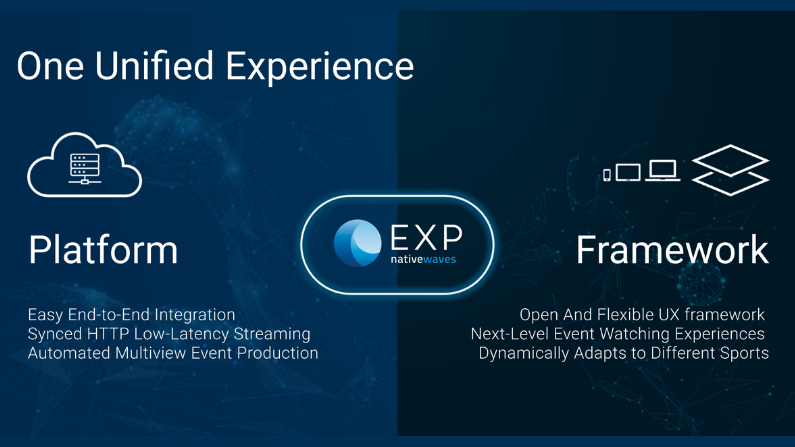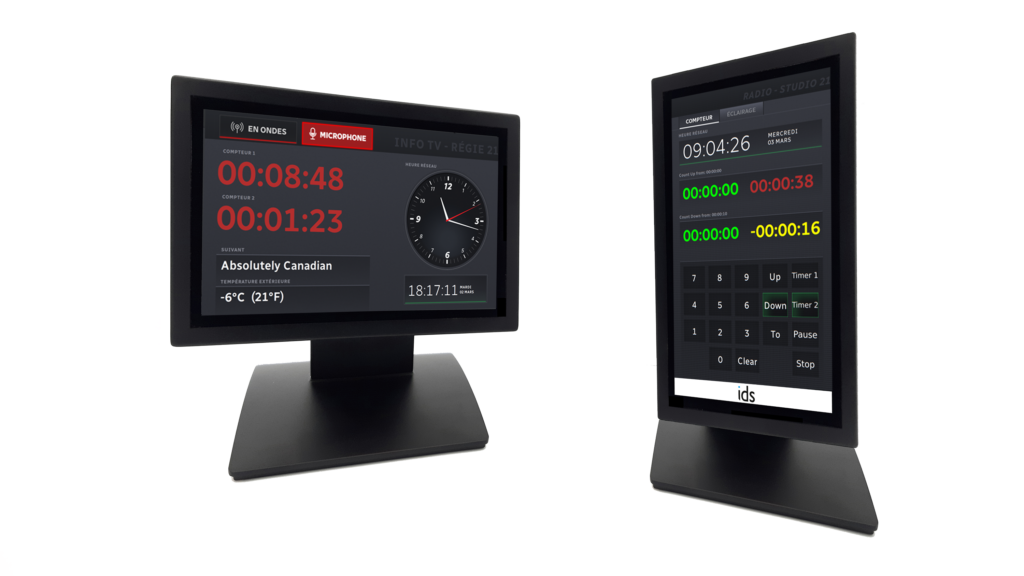How Artificial Intelligence is Changing the Broadcast Industry

How Artificial Intelligence is Changing the Broadcast Industry
Artificial intelligence (AI) plays an increasingly important role in the broadcast sector. AI enables broadcasters to make more informed decisions, improve their efficiency, and open the potential to create inventive new experiences for their audiences.
According to Mark Mayne of IBC, 2022 was the year when AI began to add value to broadcasters’ output. In December 2022, Mark wrote. “Although AI is arguably one of the most overused and overhyped technologies to date, the reality is that practical use cases for AI in broadcast are beginning to emerge. A recent IBC webinar explored in considerable detail just how and why AI analytics can deliver on its wider promise to deliver unprecedented granularity of insight into your audience, faster and more effectively than ever before. AI’s usefulness in automating metadata has been well documented, and more exciting applications of this mass-data-crunching ability are beginning to emerge. The World Cup 2022 in Qatar saw 12 dedicated tracking cameras mounted underneath the roof of the stadium, tracking the ball and up to 29 data points of each individual player, 50 times per second so that their exact relative positions on the pitch could be calculated in real-time. The ball also contained inertial sensors, the data from which could be combined, mapped onto a 3D model, and then used to assess offside calls and the like.”
Let’s look at how artificial intelligence is changing broadcasting.

Better decisions are made thanks to the analytics driven by artificial intelligence. Analytics powered by AI assist broadcasters in making more informed decisions based on the insights provided by the data. AI makes it easy for broadcasters to get data from many different sources and evaluate it in real-time. Broadcasters, for example, can use AI to gain insights into levels of viewer engagement and make more informed decisions about what content should be aired and when it should be aired. This has the potential to result in increased ratings as well as increased revenue for the broadcaster.
Gains in Productivity Acquired Through Automation
Additionally, AI is assisting in the automation of routine tasks that would otherwise require human interaction. Broadcasters can increase their overall productivity, save time, and cut costs when they use automated processes that are powered by artificial intelligence. For instance, voice recognition technology that is driven by AI can automatically translate audio recordings into text, which may then be used for additional analysis. In a similar vein, the work of automatically identifying presenters or guests on camera can be automated with the help of facial recognition technology. When broadcasters use automation technologies, they can solve problems with incredible speed.
Machine Learning in Broadcast

In addition, broadcasters are utilising machine learning algorithms to provide their audiences with an enhanced experience.
Computer vision algorithms can also be used to recognise items in videos or photographs and deliver extra information about them in real-time. This could include providing detailed descriptions of people or objects seen on camera during a live broadcast.
Here are a couple of great examples of ground-breaking companies using AI.
Stats Perform is a company that uses AI to supply sports commentators with real-time data so that they can paint a more vivid and accurate picture for their audience. The tools provided by Stats Perform enable the real-time collection and organisation of artificial intelligence data from dozens of leagues. This results in increased audience engagement and participation for broadcasters, who can share stories that have not been told before.
Media Distillery, based in the Netherlands, claim they can “help TV operators, IPTV operators, cable operators, OTT platforms, and broadcasters create enhanced viewing experiences by enabling faster access to relevant content and optimising advertising that boosts viewer engagement. Using AI technology allows us to create and imagine things not possible before. We have the creative and technical ability to distil topic, image, EPG correction and context from video content – all automatically and in real-time. With this, we can explore the full potential behind every video segment and create new content value for our clients. With this, we can explore the full potential behind every video segment and create new content value for our clients.” Their impressive resume suggests they are doing exactly what they claim.
Artificial intelligence is having a significant impact on the broadcast industry. AI is helping broadcasters make better decisions through data-driven analytics; it is also improving efficiency through automation; and it is creating enhanced experiences through machine learning algorithms. As a result, AI has become an essential tool for achieving success in today’s digital age. It is highly likely that as artificial intelligence (AI) continues to advance over time, more novel applications of AI will be developed across a variety of industries, including broadcasting, where AI has already demonstrated its potential to revolutionise the way media companies operate. With the onward march of AI in 2023, we could be really seeing “the rise of the machines,” or at least the rise of machine learning.
Mayne, Mark. “Top 10 Trends of 2022: FAST, AI, Virtual Production, and More.” IBC, 14 Dec. 2022, www.ibc.org/features/top-10-trends-of-2022-fast-ai-virtual-production-and-more/9346.article.




